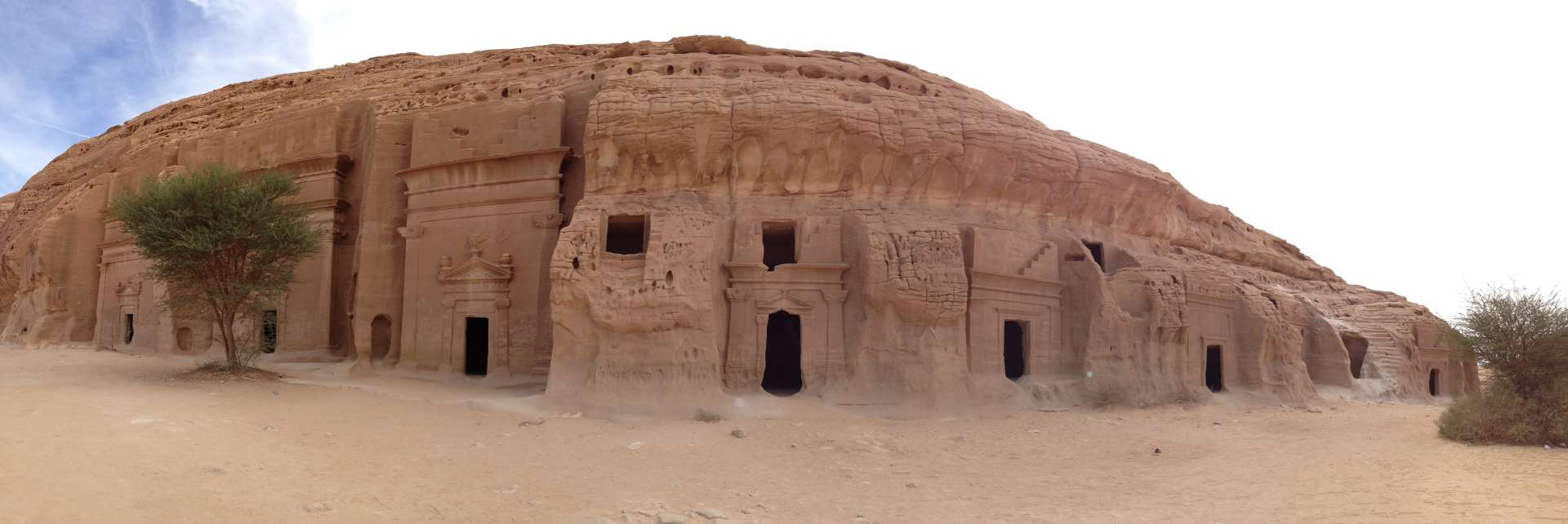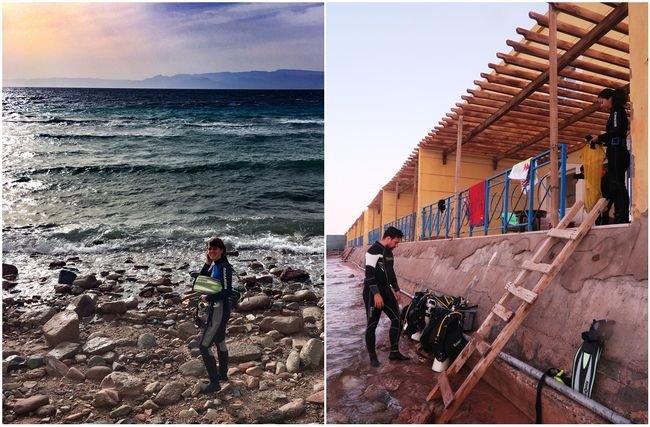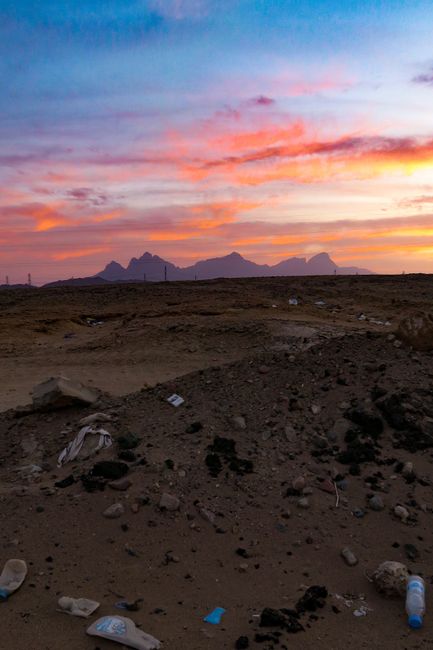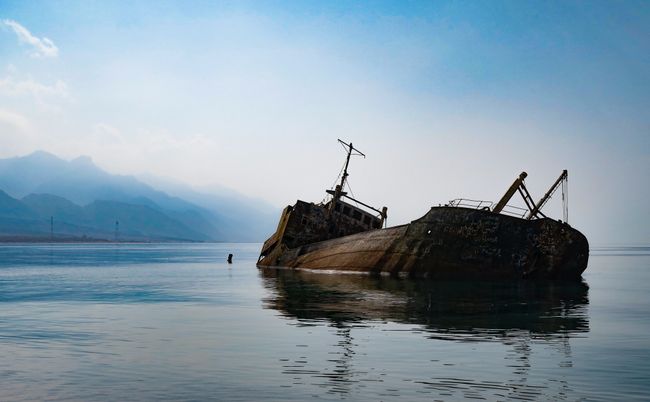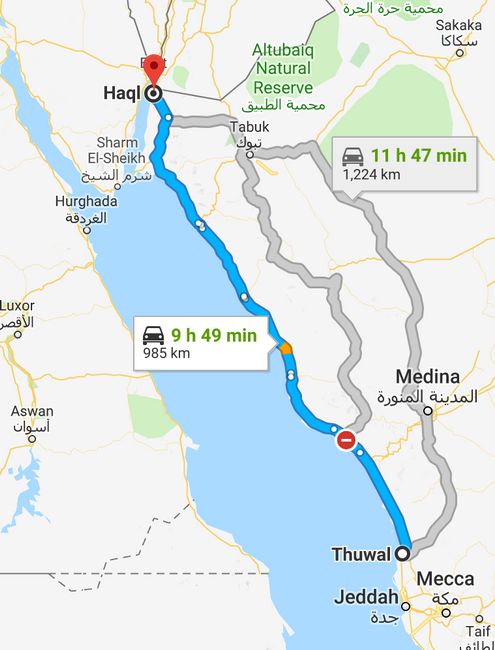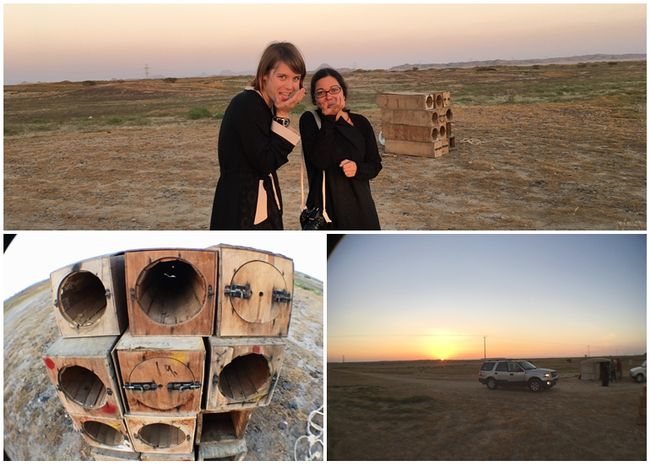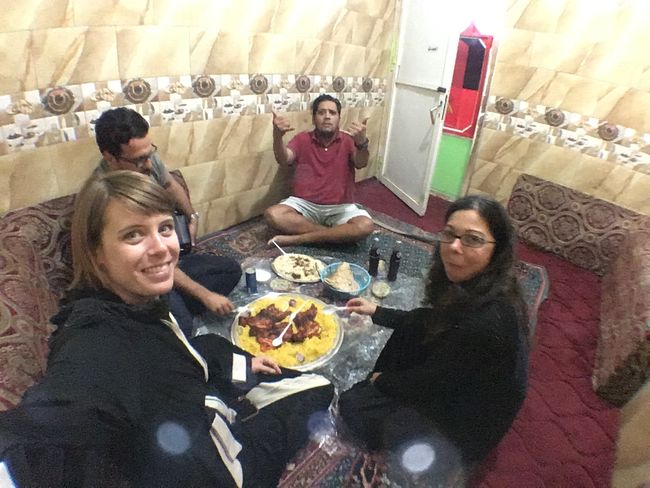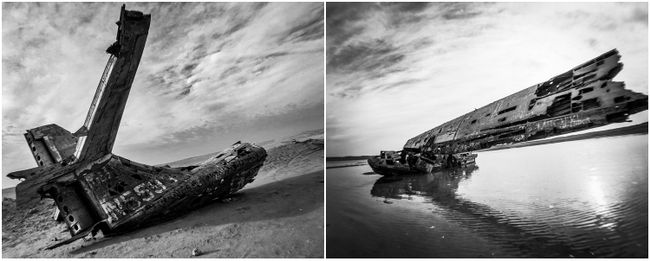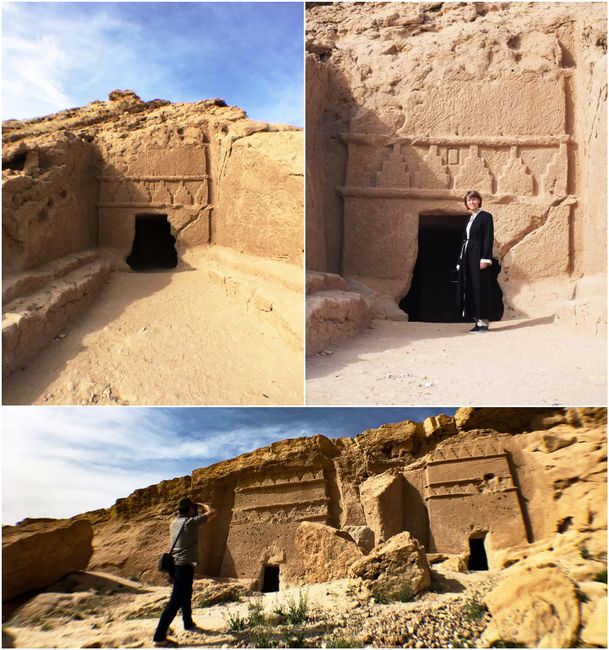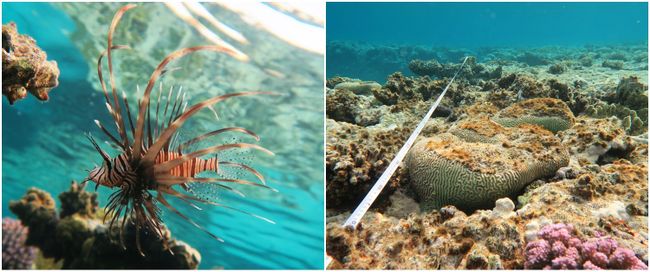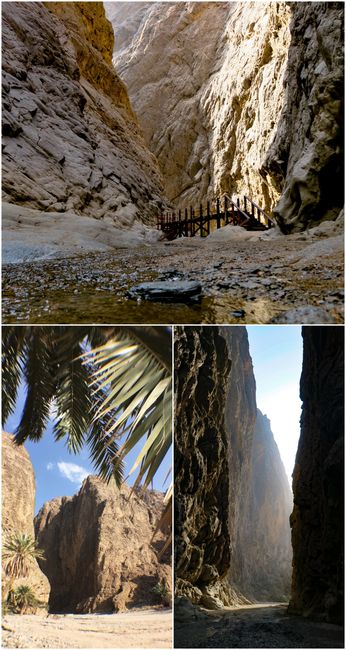Fieldwork in the Gulf of Aqaba
ޝާއިޢުކޮށްފައިވެއެވެ: 28.01.2019
ނިއުސްލެޓަރ އަށް ސަބްސްކްރައިބް ކޮށްލައްވާ
Last week, I accompanied a team from the Red Sea Research Center on their fieldwork in Haql, in the Gulf of Aqaba, in the northern part of Saudi Arabia, to finally collect the last samples for my dissertation projects.
This meant being on the road for a very long time in a fully packed car, as it is almost 1000km from Thuwal (which is KAUST) to Haql.

On the way, we spent the first night in Duba - the coastal city where we worked last winter.
But even on the way, we made some stops, for example, at the beekeepers near Yanbu, where we also got to taste some honey.


Unfortunately, on such a long journey, you can also see how big the trash problem is in Saudi. No matter how far away the next city or settlement is and how much you think you're in the middle of nature - trash, plastic bottles, car tires, etc., are everywhere.
Our Saudi colleague, Amr, sarcastically called them the 'flowers of the desert'.

In addition, our expedition leader, Sebastian, had selected a few other stops along the way - if you're driving through almost half of Saudi, you might as well take the opportunity to see something.
So, on the second day of our journey, we stopped at the 'Catalina Seaplane' wreck. This plane wreck is located in the Strait of Tiran and once belonged to an American businessman who planned to circumnavigate the world with his family. When they landed on the beach there in 1960, they were attacked by local Bedouins, the plane was shot at, and they were all arrested, as they were believed to be Israeli spies. Through negotiations by the American ambassador, they were eventually released, but the plane wreck has remained there on the beach since then and offers an impressive photo opportunity.

Also on the way was a small area where you can find Nabatean tombs (just like in the Jordanian city of Petra and in the Saudi city of Mada'in Saleh). The site is noticeably smaller than the other two places I've been to, but no less impressive.

When we finally arrived in Haql in the afternoon, the weather was unfortunately not on our side. It was stormy and the sea was rough - so we were concerned that we might not be able to carry out our fieldwork.
Despite the poor conditions, my PhD colleague, Marcelle, and I dared to briefly snorkel to see the reef, which was accessible directly from our apartment.

Fortunately, the weather was much better the next day, the waves were calmer, and we were - for the most part - quite successful.
For my project, I collected a few more tissue samples of the Tridacna clams and conducted a few additional transects to gather more information about the occurrence of these clams in the Red Sea.

The next morning, we collected the remaining samples, loaded the car, and started our journey back. Here too, we took the opportunity for a few stops. For example, we stopped at a shipwreck near Haql.
Unfortunately, I don't know the history of this wreck, but it was definitely another nice photo opportunity.

One highlight was certainly our stop at Wadi Tayyib Al Ism - the 'Valley of Moses'. According to legend, Moses and his people arrived at this gorge when they crossed the Sinai Peninsula to the Arabian Peninsula.
Whether and how much of this is true can certainly be doubted, but the fact is that this gorge is truly beautiful, especially considering the small stream that runs through it, which is surprising in a desert land like Saudi.
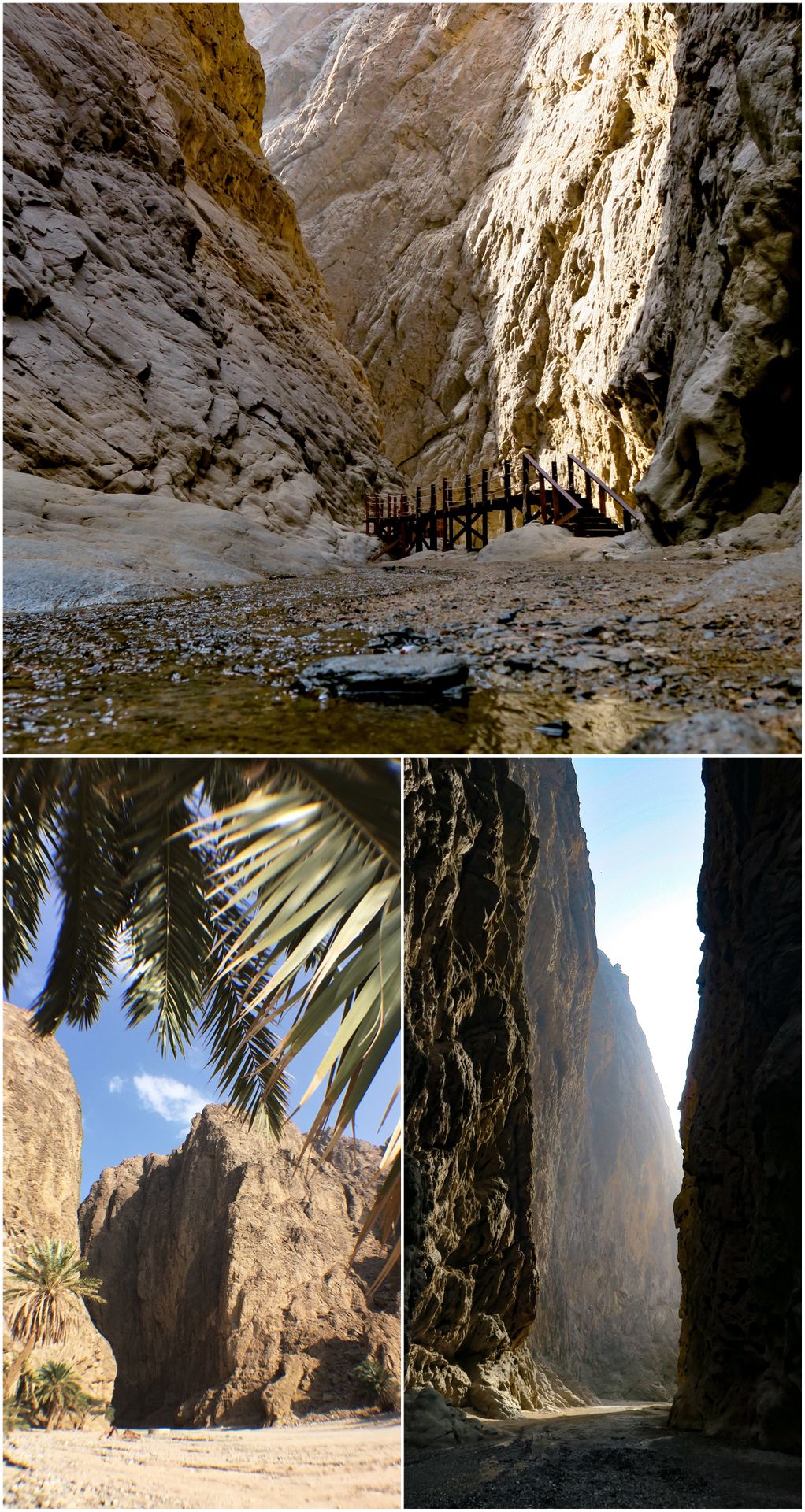
Afterwards, we finally started our journey back home - with almost 15 hours of driving, it wasn't really fun.
Nevertheless, it was a really exciting and impressive trip, and all the amazing things we saw (plus the fact that I made some progress with my work, of course) definitely made up for the hardships.
In about 3 weeks, Felix will finally come back to Saudi for almost a month.
Hopefully, there will be more to tell about the 'Adventure in the Orient'.
Until then, greetings from this giant sandbox!
ނިއުސްލެޓަރ އަށް ސަބްސްކްރައިބް ކޮށްލައްވާ
ޖަވާބު
